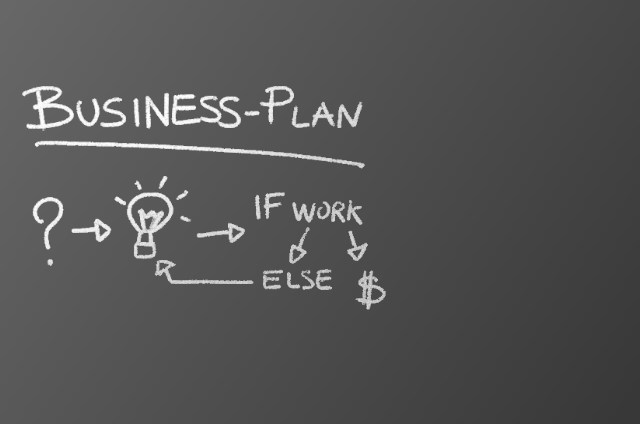
SciChart v1.3 Roadmap
SciChart v1.2.1 was released today! With this release hot off the press, we’re already hard at work at the next set of features and fixes for SciChart v1.3. If you haven’t seen it already, check out our delivery for SciChart v1.2.1 and our new examples application (Requires Silverlight 5). Full details of new features can be found in the release notes of the Trial Download, as well as tutorials / example source to get started using SciChart.
SciChart v1.3 Promise List – for delivery 6th June 2012
Promises are like crying babies in a theater, they should be carried out at once. ~
Norman Vincen
Firstly a massive thanks to the users, potential customers and just interested developers who gave us valuable feedback for SciChart. You have been patient with us and in return, we will try our best to meet your requirements in a timely manner.
All user requests have been noted and prioritized. The following is a priority-ordered list of features/fixes for SciChart v1.3, with a provisional delivery date of 6th June 2012:
Note: Strikethrough represents items completed in our internal build.
Axis / RenderableSeries Interaction
Support Logarithmic Axes (High Priority)Support Left and Right Y-Axis (High Priority)Support true Xy axis as well as Category Axis (Fixes X-Axis ticks out of sync with items in trading charts)- Support programmatic setting of Tick frequency
Fix Axis labels on X and Y Axis
New RenderableSeries – Chart Types
OHLC RenderableSeries (high priority)Step Line RenderableSeries (high priority)- Error Bars RenderableSeries (low priority)
- Support Histogram Creation (low priority)
Annotations API Support
- Line, Text, CustomControl annotation types
- User-clickable, Draggable, Interactive annotations
Better Support for Multi-Pane Charts
- Create a SciChartGroup which groups together several SciChartSurfaces with shared mouse/modifiers
- Create a scroll-viewer for financial charts (low priority)
Miscellaneous
Improvements to examples including suite of simple examples and source code view (high priority)+ Themes, easier to create visually stunning charts- Miscellaneous bug fixes
- Support datapoint selection / tooltips
Better support for real-time charts with cursor/rollover modifier
We’d appreciate it if you’d take the time to review this list and comment on this post, or contact us if there’s anything else you’d like to see in there!
– SciChart HQ
Related Posts
